Everything you need to know about specifications and performance - Hyundai i30 2008 - 2.0 CRDi (140 Hp)

Overview:
What is the engine capacity of a Hyundai i30 2008?
The engine capacity of the Hyundai i30 2008 is 1991.
Hyundai i30 2008 How many horsepower?
The engine power of the Hyundai i30 2008 is 140 Hp @ 3800 rpm..
What is the Hyundai i30 2008 engine?
Hyundai i30 2008 engine is D4EA. (Click to see other cars using the same engine)
How much gasoline does a Hyundai i30 2008 consume?
The Hyundai i30 2008 consumes 5.5 liters of gasoline per 100 km
General:
Engine:
Performance:
Space:
dimensions:
Powertrain, Suspension and Brakes:
See also
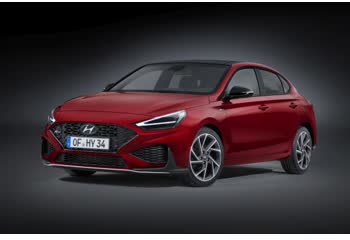
Last generation.
Its production began in 2020 until 2022
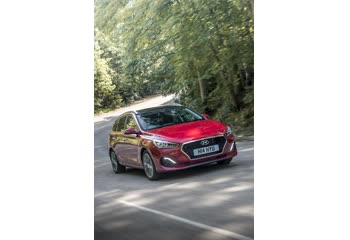
Other generation.
Its production began in 2019 until 2020
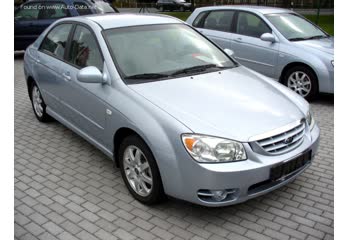
Same engine. (D4EA).
Its production began in 2004 until 2006

Same engine. (D4EA).
Its production began in 2004 until 2006
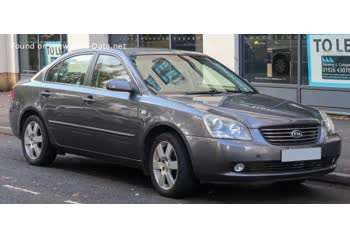
Same engine. (D4EA).
Its production began in 2005 until 2008

Same production year and almost the same engine capacity.
Its production began in 2008 until 2009
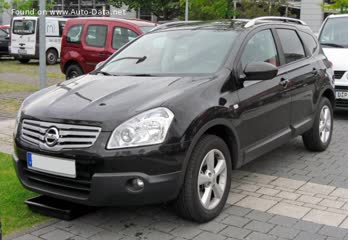
Same production year and almost the same engine capacity.
Its production began in 2008 until 2010

Write a comment